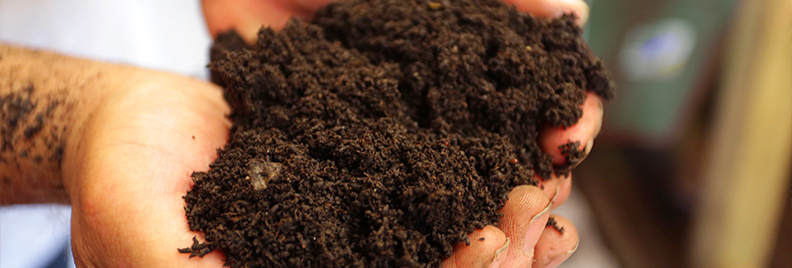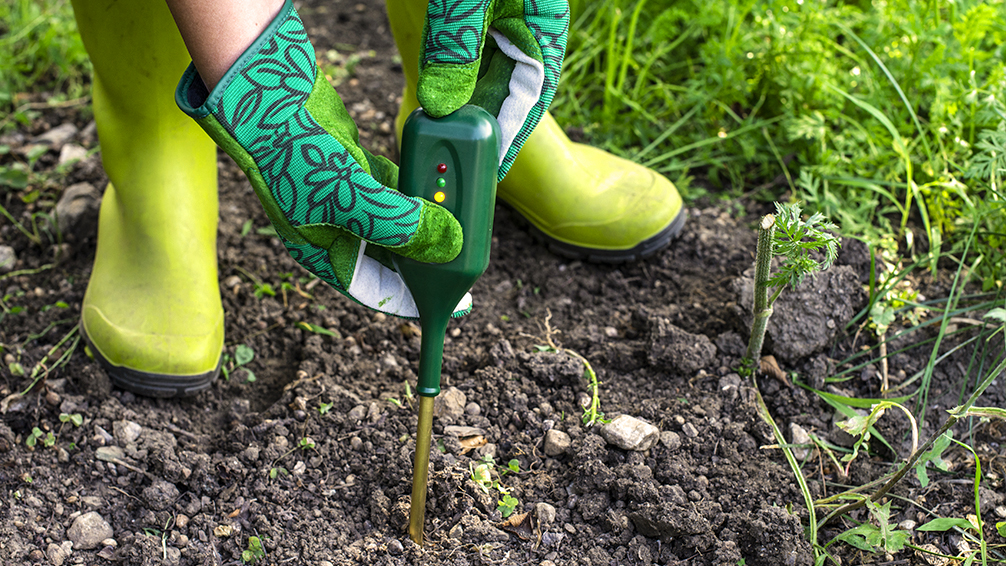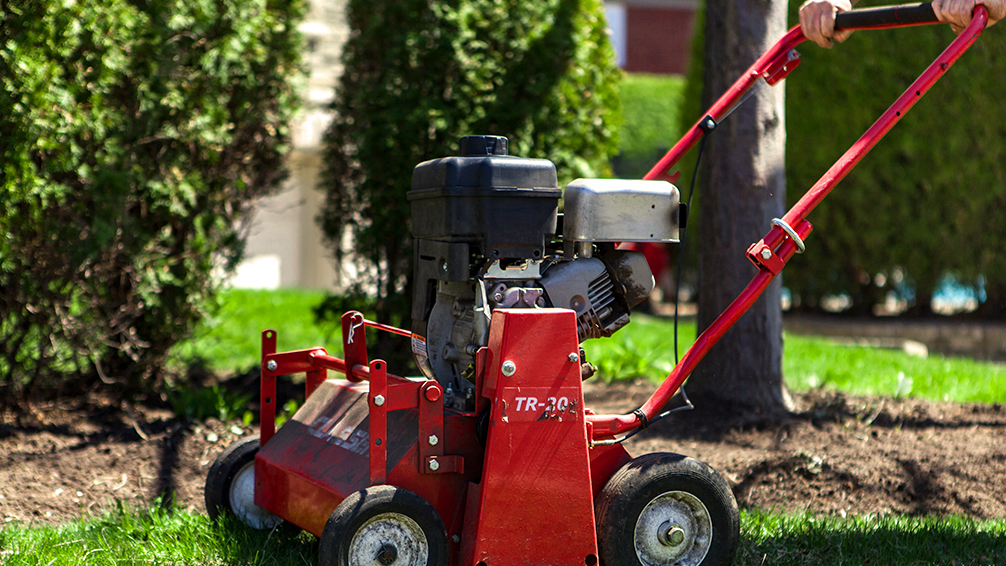
Improving Soil in Gardens Affected by Hurricane Harvey
As the temperature increases, lots of us are gearing up to begin planting a new round of summer vegetables and colorful annual flowers. The thing is, these plants are pretty vigorous growers, and if your soil is depleted of the nutrients and living organisms that help plants grow, you’ll be left with some pretty lackluster vegetables and flowers.
Hurricane Harvey had a major impact on the health and composition of our soil, and if you haven’t taken the measures to help it bounce back to normal, you might want to get on that. The sooner you make the necessary amendments, the healthier your new plants will be.
Here are some steps you can take to fix the sub-par soil in your yard, so Harvey won’t end up derailing your gardening efforts this summer.
5 Tips For Improving Soil In The Garden After Hurricane Harvey
If the soil in your garden is a sad state of affairs, going through these necessary steps will help get it back in business. There’s no need to replace the soil in your garden unless it’s been contaminated, so if you’re just dealing with some nutrient depletion and compaction, you can still fix it up with the right tools and amendments.

Check Your Soil pH
Maintaining healthy soil is all about achieving the right balance of bacteria and other compositional elements that make up this complex material. After the hurricane, things are going to be pretty out of whack, so it’s a good idea to run a pH test to determine if the acidity levels are suitable for growing. While some garden plants prefer slightly more acidic or alkaline conditions, generally, you won’t want your soil to be extremely high or low on the pH scale.
If your soil is too acidic, you can add lime to help neutralize the acid. Not lime like the fruit, we’re talking about limestone. We’ve got plenty of lime products available at Plants for All Seasons that are super easy to use. Fixing alkaline soil is a little bit trickier and takes a bit longer, but it can still be done. Elemental sulfur, sphagnum peat, aluminum sulfate, or even just a generous helping of compost will help to bring that pH number down a bit.
Remove Any Dead Plants And Rotten Roots
If any of your plants didn’t survive the storm, or if they’re on their last legs, you’ll want to clear out all that dead and damaged plant debris—especially if there’s any sign of fungus or rot. High moisture levels can be a breeding ground for the wrong kinds of bacteria.
Waterlogged soil is a recipe for root rot, and many plants are highly sensitive to having wet feet. It isn’t easy for plants to recover from root rot, so if you suspect that any of your plants aren’t salvageable, it’s in your best interests to get rid of them, as heart-wrenching as it may be.

Aerate Your Soil
All that rain and wind was beating down on our lawns and gardens in Houston. The result: soil that’s been so squashed, that it’s an average of two inches lower than it was pre-hurricane. When your soil gets packed down this way, it won’t allow for water to drain through properly. You may even be left with some heavy clay soil—dense, yet totally saturated with moisture. This will result in unhappy plants with damp roots, which will eventually lead to the ever-dreaded root rot.
A mechanical lawn aerator will help to loosen up plugs of packed soil, which in turn will increase air circulation and provide a path for organic materials and nutrients to work their way through the soil. If you don’t feel like shelling out money for your own lawn aerator, you can try renting or borrowing one instead.
Chemical aerators like liquid humates can also be used to loosen up your soil. While it’s not technically a chemical, it does create a chemical reaction in the soil, which creates bursts of oxygen, relieving compaction and increasing drainage. Sometimes, after using a mechanical lawn aerator, if you’ve discovered some particularly heavy clay spots that need some extra work, pouring some liquid humus directly onto the problem areas will help a lot.

Topdress Soil With Organic Material And Plant Food
It isn’t always easy to completely turn up all the soil in the garden and mix in compost, especially if there are existing live plants in the garden. However, there’s another alternative that will work just as well, provided you’ve aerated your soil first. Apply a generous layer of compost or other organic material across the surface of the soil, careful not to build it up too much around the bases of your plants. Over time, all those nutrients and healthy bacteria will leach in, as oxygen and water make it easier for compounds to flow through.
If you make your own compost at home, it will work perfectly for topdressing. However, if you don’t have your own, you can always pick up a bag from our garden center! We have delivery and curbside pickup options available, so you can call in your order, and we’ll get it arranged for you.
Don’t Fertilize Right Away
The plants that remain in your garden have been through quite a lot, so they might be looking a little tired post-Harvey. It’s not a great idea to fertilize too soon after a hurricane, because it will supercharge them to grow when they aren’t quite stable enough for the energy boost. Furthermore, your new plantings need a bit of time to get established and adapt to their new environment in your recently amended soil, so wait at least a few weeks before applying any fertilizer solutions.

If you need any tools or soil amendments, or if you have any questions about specific issues you’re having with your soil, our experts at Plants for All Seasons can help get you prepared to tackle this project. While it may not be the most exciting gardening task, the payoff of healthy flowers and delicious garden vegetables will be well worth the effort.
